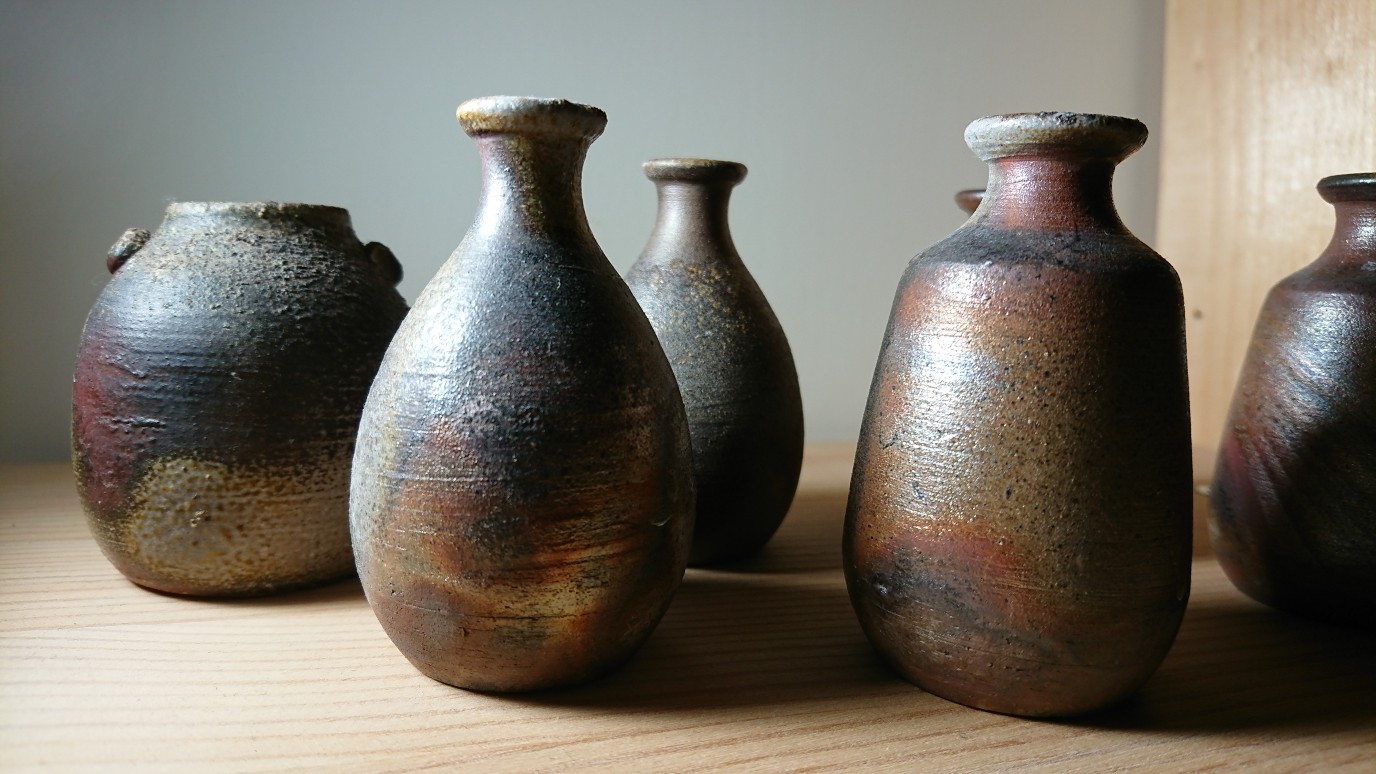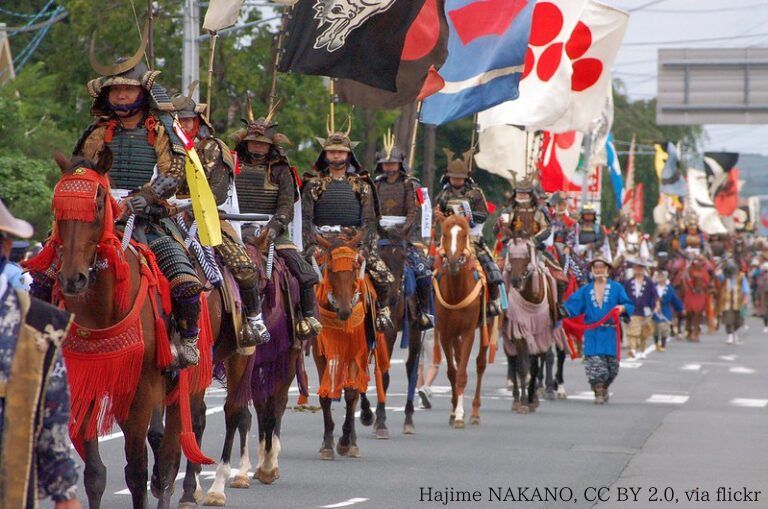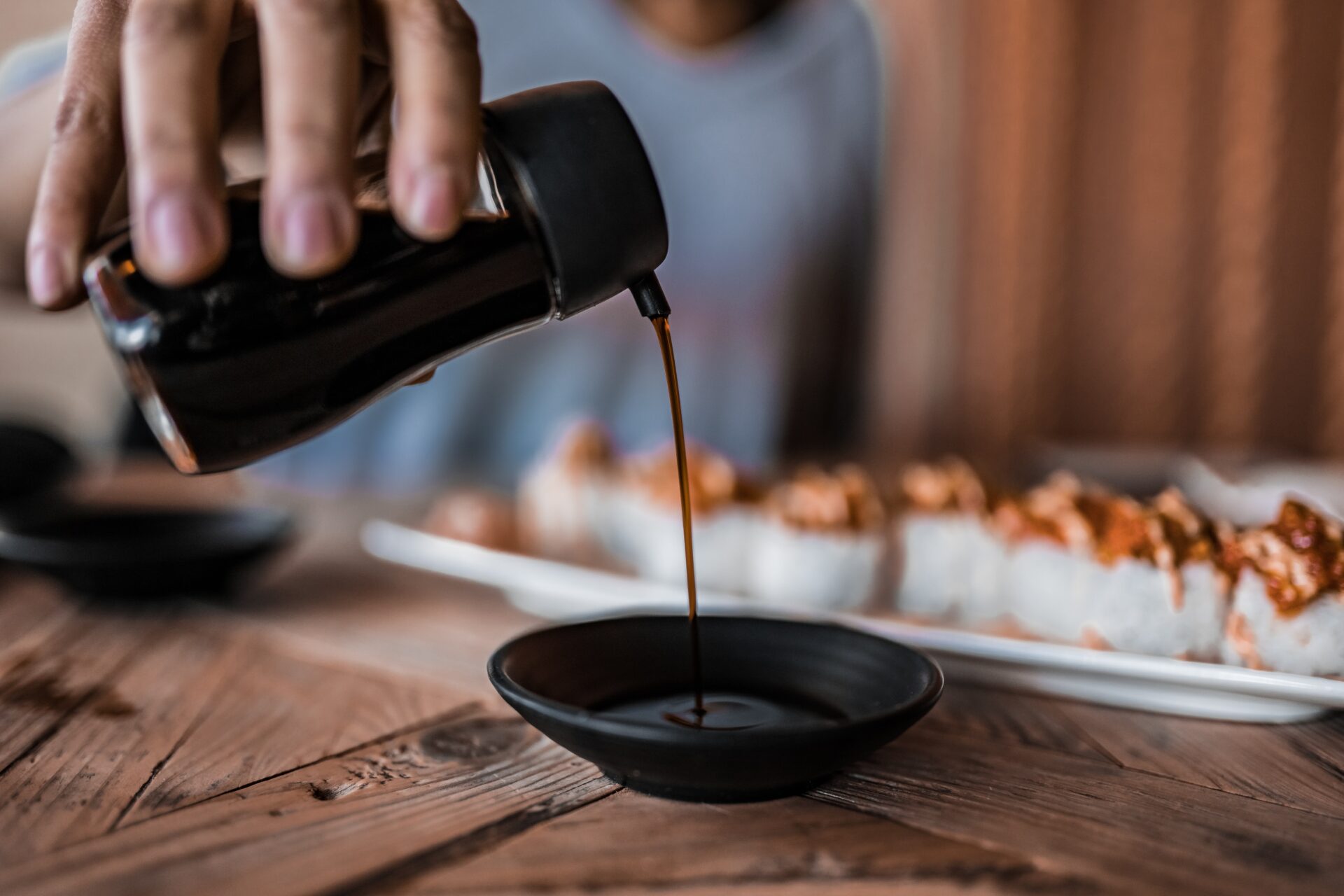Becoming a traditional craftsman is an all-encompassing way of life anywhere in the world, and maybe even more so in Japan. Those who relish in the world of traditional Japanese arts and crafts are known to dedicate their lives to perfecting their artisanal specialty, which leads to very high-quality products with their own particular style and aesthetics.
Pottery has a long history in Japan that goes all the way back to the Jomon Period thousands of years ago. This has led to the development of several ancient kiln towns in Japan which are very interesting to visit for those with an interest in pottery and ceramics. Here is a list of the 6 most important ancient kiln towns in Japan that are certainly worth a visit!
1. Seto
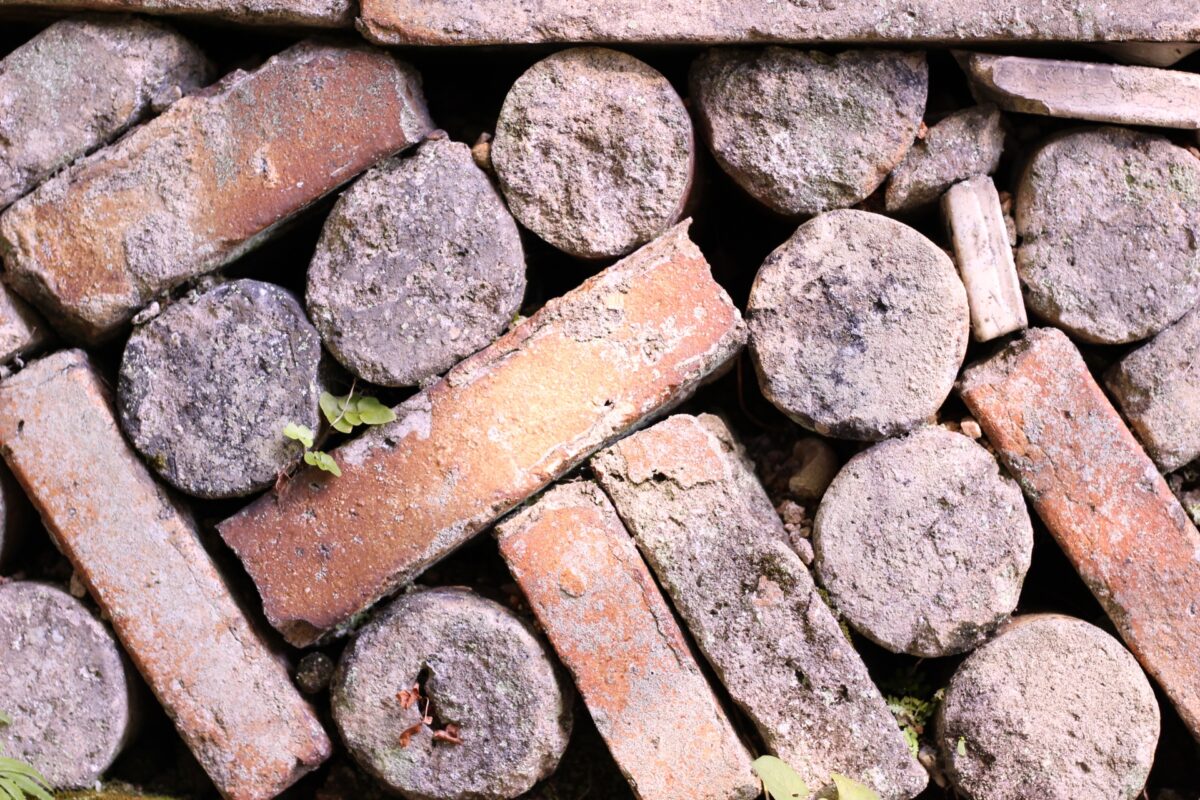
Not far from major hub city Nagoya in the hilly northern part of Aichi prefecture, you can find the ancient kiln town, Seto. The town has been producing pottery since just before the Kamakura Period, when the city specialized in making Buddhist artifacts for ceremonial usage.
It is said that the person who really established Seto as a kiln town, Toshiro Kato, first studied porcelain in China and chose Seto to produce homemade wares because of its high-quality clay. During the Edo Period, potter Tamikichi Kato brought techniques from Arita which further honed the skills of the Seto craftsmen.
Nowadays, Seto still produces pottery and ceramics as well as houseware such as washbasins and even toilet bowls. As a visitor, there are several pottery-related museums to enjoy and you can also make your own pottery at several workshops. Additionally, the Hosenji temple, Seto Hongyo Kiln, Kamagaki-no-komichi, and the Hounji temple are all pottery-related places in Seto that are worth a stop-off.
Recommended tour in Seto
▶Nerikomi Pottery Lesson With a Famous Potter in Seto, Aichi
2. Bizen
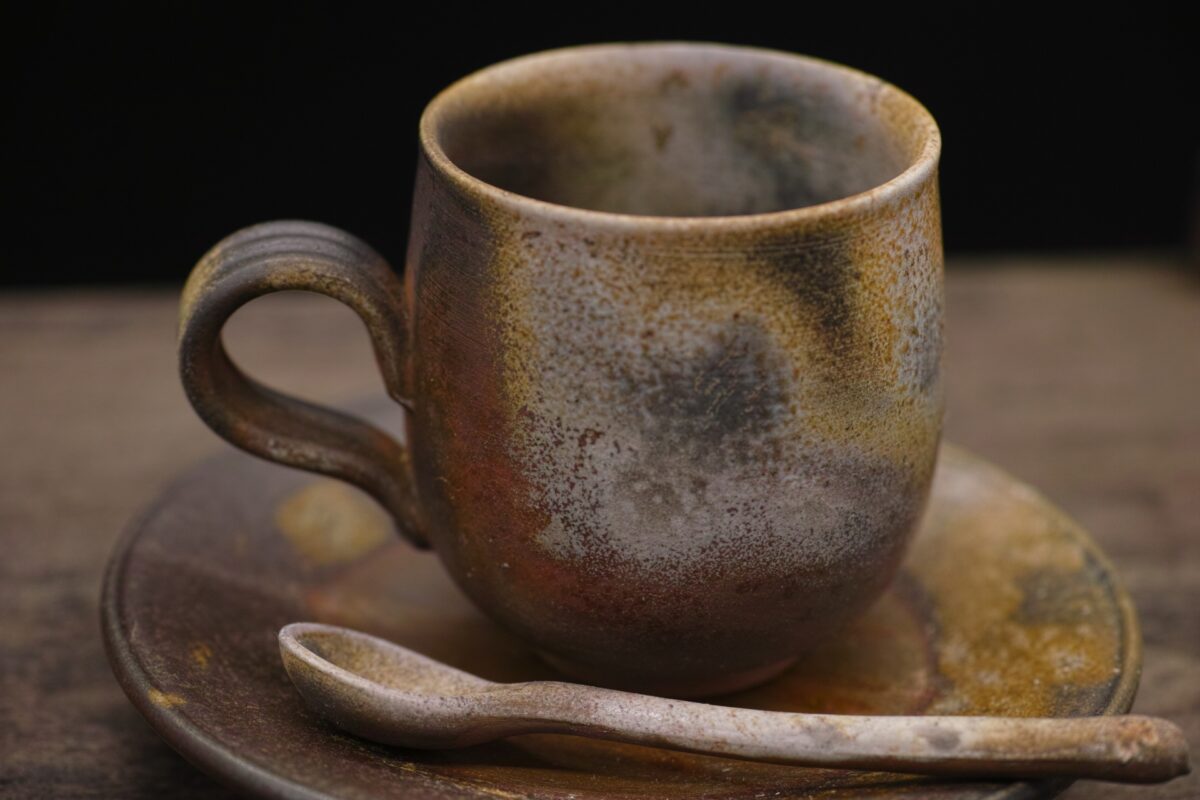
Bizen ware, which is famous for its earthen, rustic character, has connections to Sue pottery (ancient stoneware) that dates back all the way to the Heian Period. Bizen ware itself goes back to the Kamakura Period, and because of its beautiful appearance, Bizen pottery became popular for use during tea ceremonies.
Now, Bizen ware is still made in around 300 kilns regionally. Because it is fired under high temperatures, Bizen ware is extremely hard compared to other types of ceramics making it entirely unique. Modern Bizen ware comes in different colors, not only the earthen tones but what is relatively constant is that it is unglazed and usually has a simple, minimalist form.
If you are traveling between Osaka and Hiroshima, Okayama and Bizen are great places to add to your itinerary. In Bizen, the Bizen Pottery Traditional and Contemporary Art Museum is a must-visit, and you can make your own in Pottery Workshop Mugenan.
Recommended tours in Okayama
▶Okayama Half-Day Private Trip with Nationally-Licensed Guide
▶Okayama Full-Day Private Trip with Nationally-Licensed Guide
3. Echizen
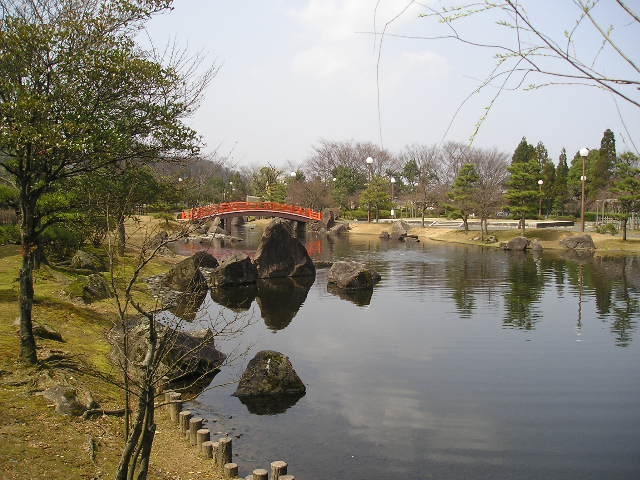
A one-hour train ride from popular tourist destination Kanazawa is Echizen, a small town in Fukui Prefecture that is renowned for its various artisans. Besides pottery, the town also excels in knife-making and washi paper production making it a one-shop-stop for craft lovers!
The creation of pottery in this area started around the 12th century, and its characteristics are quite similar to that of Bizen ware which originated around the same time. Echizen ware has a dark, reddish-brown color which comes from the iron-rich clay that is used to produce it. Ceramics from Echizen are not glazed, but patterns emerge as a result of the firing process that involves sticking ashes from wood on the clay as it bakes.
After the Echizen-style lost its popularity for a few centuries, the prefecture has made efforts to bring interest in its wares back and revitalize the industry. They opened the Echizen Pottery Village in 1970 where you can find an extensive museum, a pottery school, a sculpture park, and a Ceramic Arts Center. You can also spend the night in traditional accommodation near a hot spring facility, where you will enjoy a scrumptious dinner served on Echizen ware making your visit truly special.
Recommended tour in Okayama
▶Fukui private full day with professional photographer – Dinosaur and History
4. Tokoname
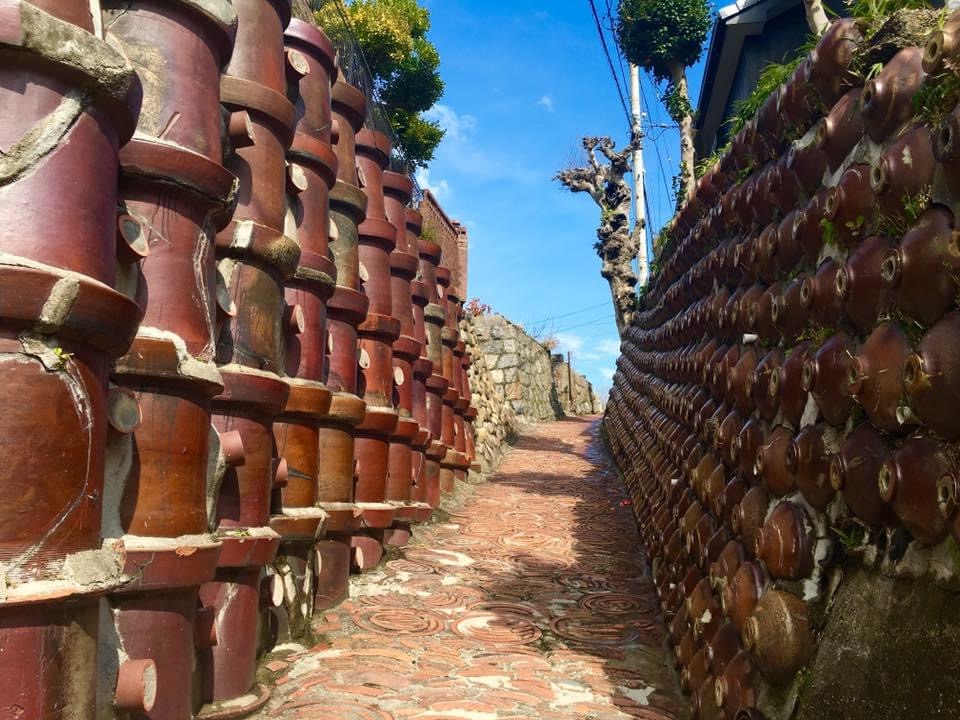
Located in Aichi Prefecture just like Seto, Tokoname is famous for its beautiful and sturdy redware. With a pottery tradition going back to the 12th century and having been going strong ever since the picturesque town has been thriving with its industry and is a well-known name throughout Japan.
Nowadays, they produce not only goods such as wind chimes and teapots, but also industrial products like roof tiles and water pipelines. With around 60 climbing kilns still in operation in Tokoname, the largest one in Japan has been preserved here and can still be visited today.
There are many other pottery-related places of interest to visit in Tokoname as well such as small museums, the preserved Takeda Family Residence, and the must-see Dokanzaka, which is a photogenic street that is constructed with pottery materials and the symbol of Tokoname. There are two well-marked Pottery Footpaths that pass by most of the town’s highlights. It is also nice to make a stop at the northern Ono-cho area which was a thriving port for many centuries and has a scenic area with wooden houses.
Recommended tour in Tokoname
▶Tokoname Walking Tour and Visiting Pottery Studio
5. Shigaraki
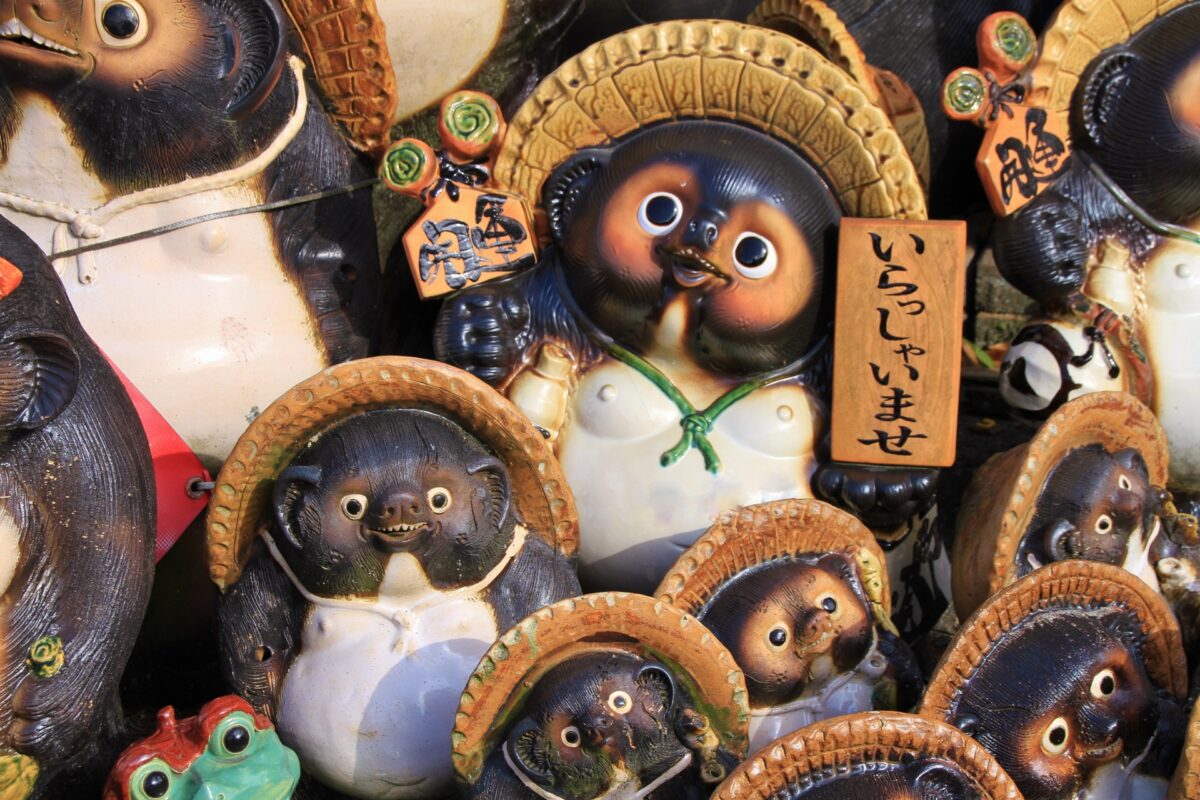
Tucked away deep in the countryside east of Kyoto and Nara is Shigaraki-cho, a small village in Shiga Prefecture with a long history of producing stoneware pottery. Said to have been influenced heavily by Bizen pottery, Shigaraki ware has developed its distinct special features when utensils were needed for tea ceremony use around Kyoto.
Having been influenced by Buddhist principles, the concept of wabi-sabi is well worked into Shigaraki ware’s designs. One of the wabi-sabi’s concepts is that something acquires its beauty by having imperfections, as it is the imperfections that make something interesting.
In the modern days, production has shifted toward making planters for bonsai trees and the decorative tanuki statues that are seen in front of many restaurants in Japan and are said to bring good fortune.
Visiting the small town means that you can enjoy a day in the countryside with a focus on pottery crafts and it is fun to go around the town’s center and look around the small shops, galleries, and workshops in the area. Renting a bicycle can be a good idea as well, as some of the workshops are a bit spread around the town.
6. Tamba
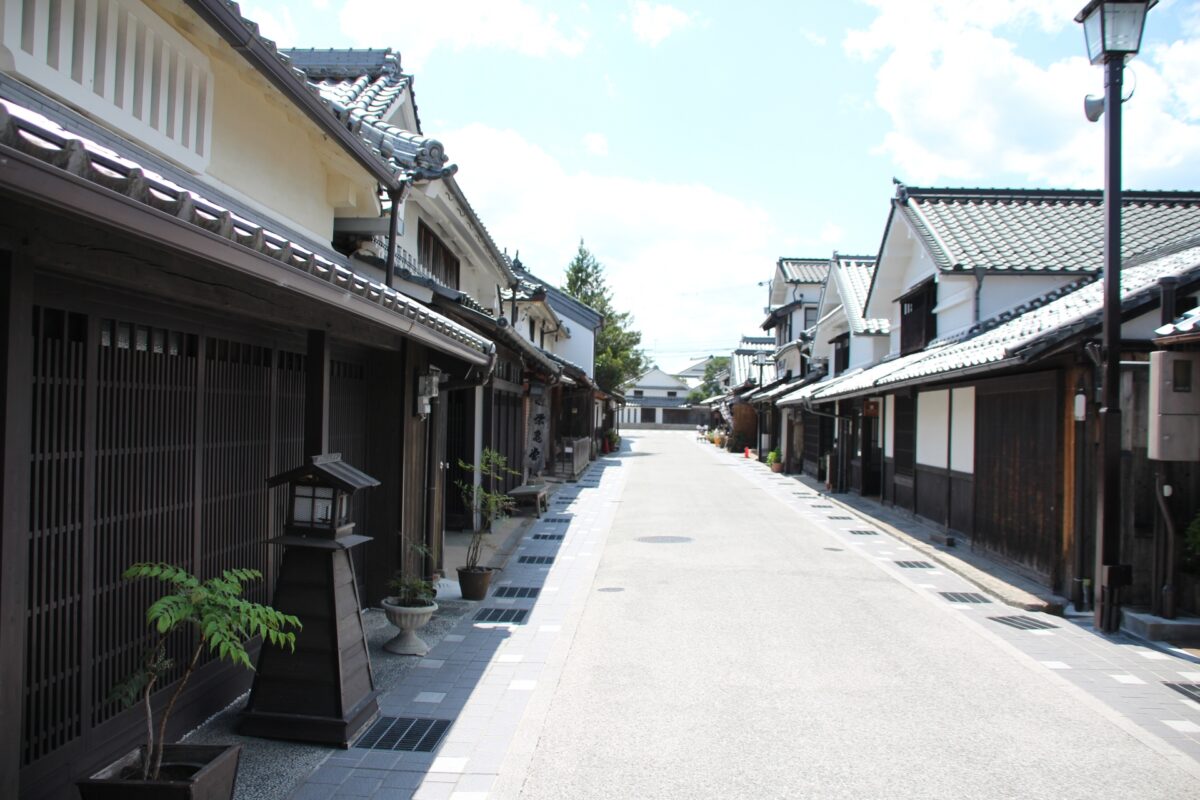
A little over one hour by train from Osaka is the charming old city of Tamba Sasayama, which has one of the longest histories as a pottery town that goes back all the way to the Heian era.
Tamba pottery has a characteristic simple and rustic coloring, and while the production of Tamba ware is similar to that of other Japanese pottery, what makes it unique is that it is produced with a counter-clockwise turn instead of a customary clockwise turn.
Many different kinds of wares are produced in the Tamba style such as tea utensils, sake bottles, and tableware. In the Tachikui Pottery Village, you can find the Tamba Traditional Crafts Park with many decorations made of pottery all over the park and exhibitions and Potter’s Alley where you can explore pottery studios and shops. There is a 120-year-old climbing kiln on display as well.
For those looking to get a hands-on experience, there are pottery classrooms available too where you can try your hand at creating some pretty pieces of your own. And just like in Shigaraki, exploring the small town by bicycle is a great option if you want to squeeze in a few more miles during your trip.
Follow us on Instagram, Facebook, and Twitter for more travel inspiration. Or tag us to get featured!
Happy traveling!
Other articles you might be interested in

Stefanie Akkerman moved from the Netherlands to Japan in 2013 with her Japanese husband and son. She jumped into the niche of Dutch tour guiding in Tokyo and Kamakura in 2015 and occasionally writes articles about all the great sights and activities Japan has to offer. She loves (Japanese) food, and to work that all off she goes diving, snorkeling, cycling, or hiking.
This post may contain some affiliate links. When you click through and make a purchase we may receive some commission, at no extra cost to you.
